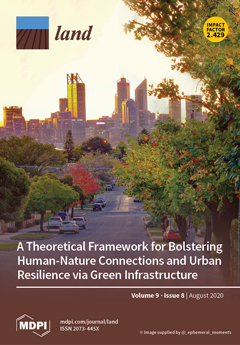New Indicators of Spatial Chaos in the Context of the Need for Retrofitting Suburbs
The article is dedicated to the phenomenon of spatial chaos in the suburban areas of Polish cities, which, due to uncontrolled scattering of buildings (urban sprawl), require urgent retrofitting. These activities should contribute to the gradual densification of buildings and the more frequent functioning of suburbanites in the local environment, close to the place of residence.


